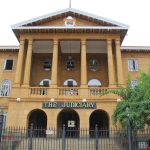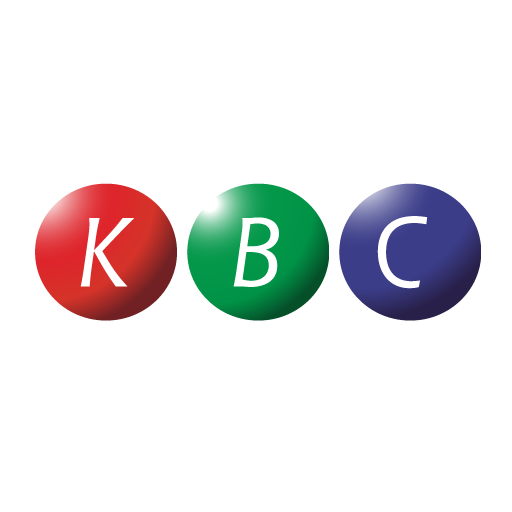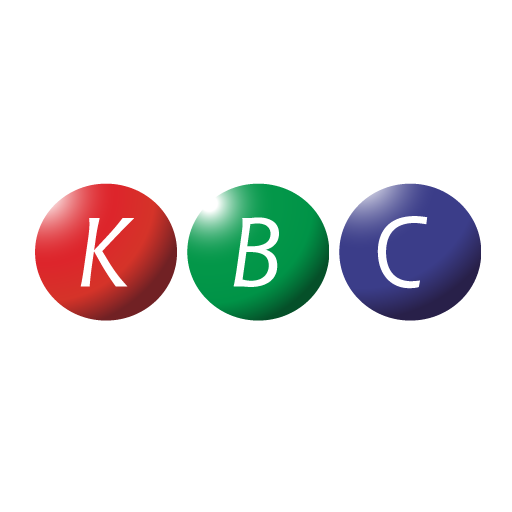25,000 learners in 95 secondary day schools in Kiambaa, Kiharu and Mukurweini constituencies will enjoy free lunches courtesy of the Child Welfare Society of Kenya (CWSK) emergency school support programme sponsored by the State Department for Social Protection.
The drive which has been rolled out in phases targets schools that are not in the government feeding programme as well as filling in the gaps at the beginning and end of terms in the schools.
School Principals have welcomed the initiative intended to improve retention and academic performance in public schools ahead of the national exams.
As envisaged in the constitution, the society which promotes and protects the basic rights of children under 18 years in Kenya has been undertaking various diverse programmes ranging from among others adoption, foster care, reintegration, strengthening the abilities of families and communities to care for their children and rescuing those in distress.
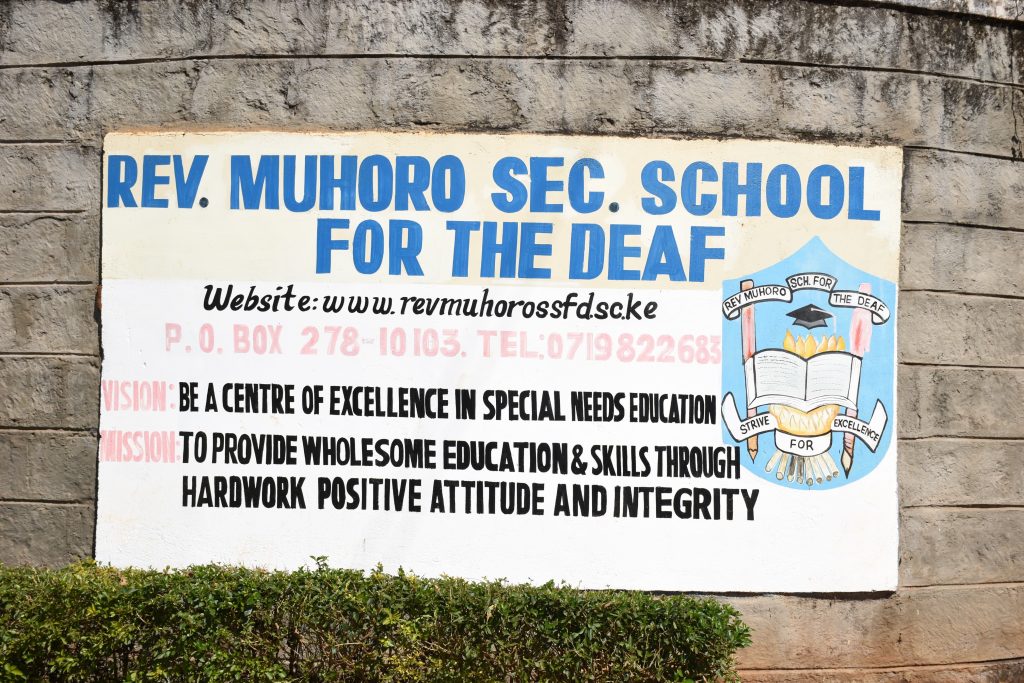
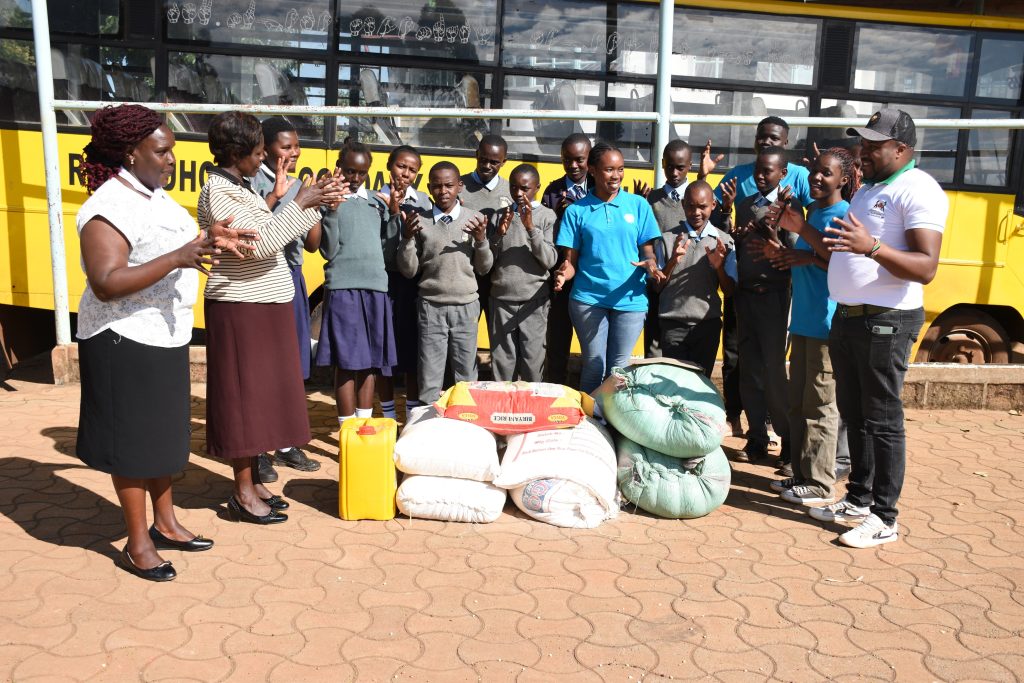
Additionally, the intervention which provides healthy diets is a strategy to reduce the risk of food insecurity blamed for absenteeism, low enrollment and increased dropout rates, factors that have occasioned the worst forms of child labour.
The vice is a primary cause of commercial sex exploitation, child trafficking, drug abuse, teenage pregnancies and forced marriages among other practices that violate children’s basic rights.
The launch of the support programme this third term has benefitted 14,192 students in 60 schools in Kiharu, Muranga who have received assorted food items namely maize, beans, green grams, cowpeas, rice and cooking oil.
Similar provisions have been distributed to 6,399 learners in 13 schools in Kiambaa, Kiambu and 4,509 in Mukurweini, and Nyeri counties respectively.
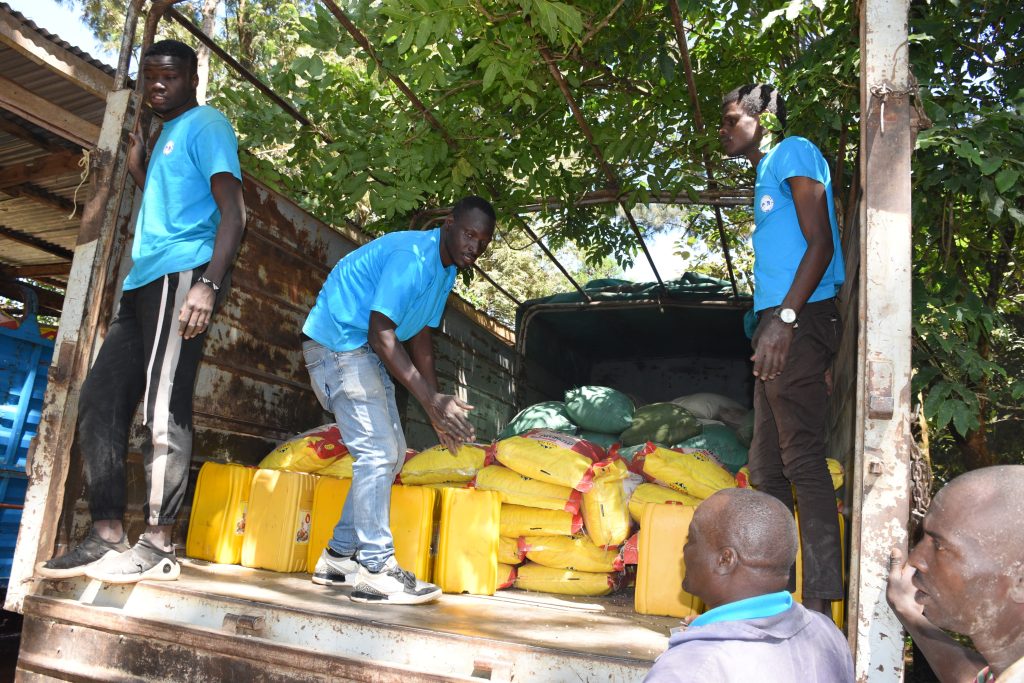
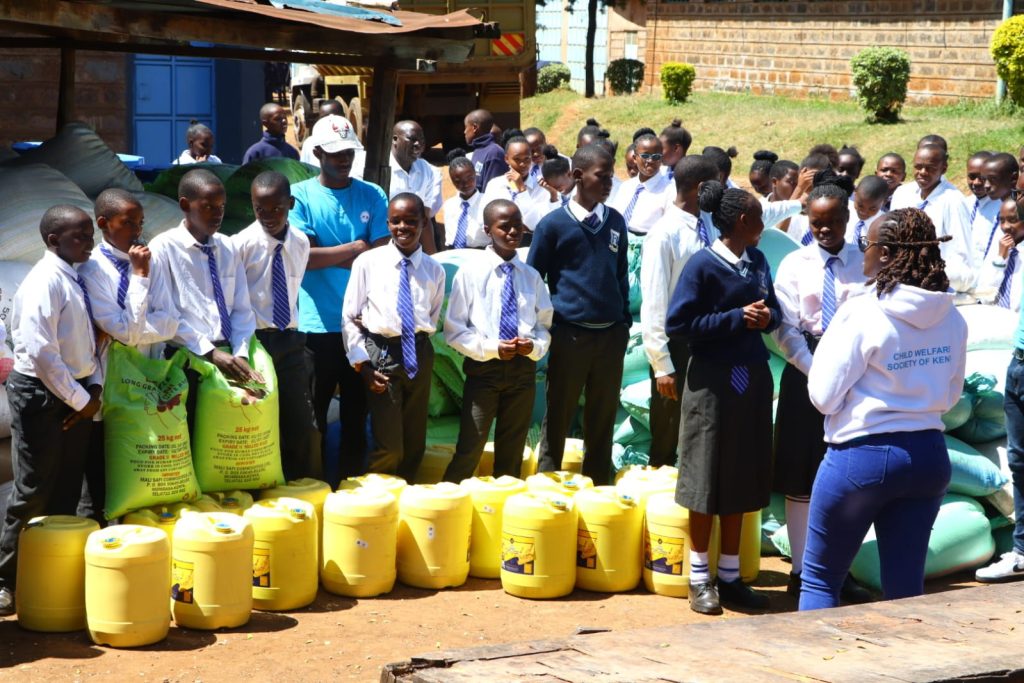
The areas selected are mostly dry with high poverty levels. Besides supplementing government efforts and improving learning outcomes, the meal plan has eased parents’ burden to cater for high lunch levies imposed by the institutions.
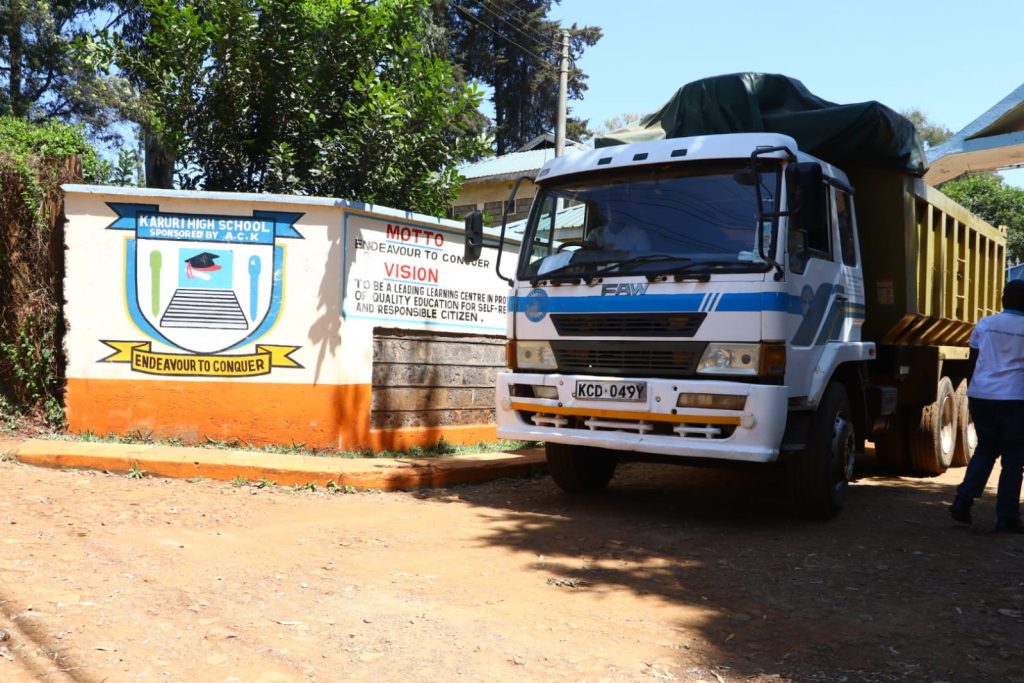 “This will ensure the candidates fully focus on their examinations and none goes without food. Without assistance, many would be unable to adequately support their children during the exams which could jeopardise their results” avers Lydia Mwangi Deputy Principal of St John Thunguri Secondary School in Nyeri County.
“This will ensure the candidates fully focus on their examinations and none goes without food. Without assistance, many would be unable to adequately support their children during the exams which could jeopardise their results” avers Lydia Mwangi Deputy Principal of St John Thunguri Secondary School in Nyeri County.
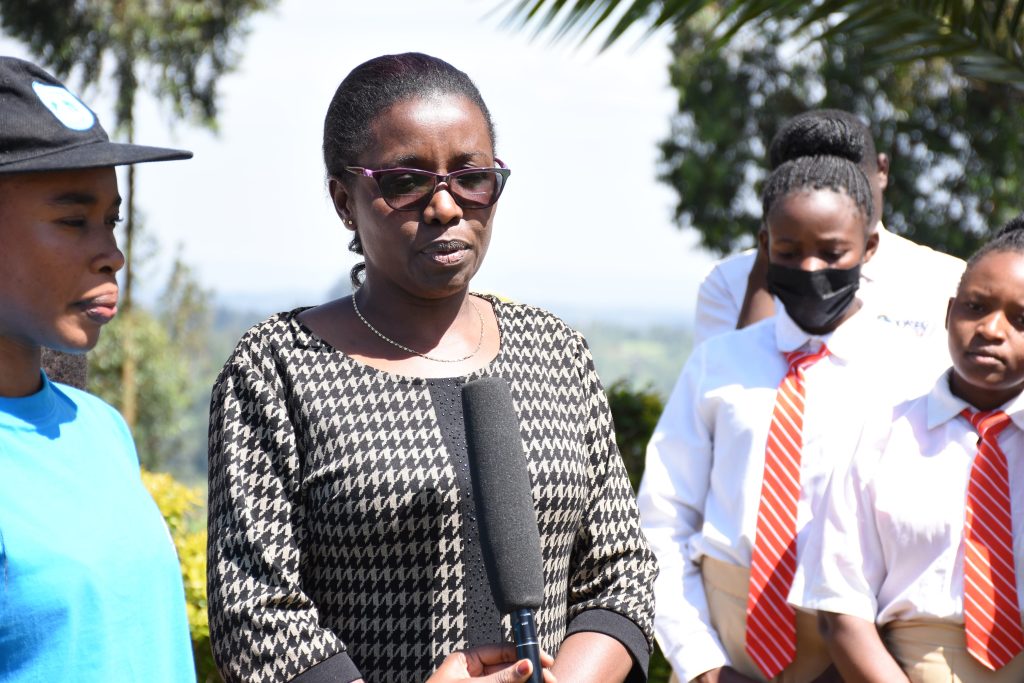
Similar sentiments have been backed by Stephen Kiiru, Principal for Karindi secondary school who attributes enhanced retention, particularly among 2024 form four class of 50 students to the feeding programme.
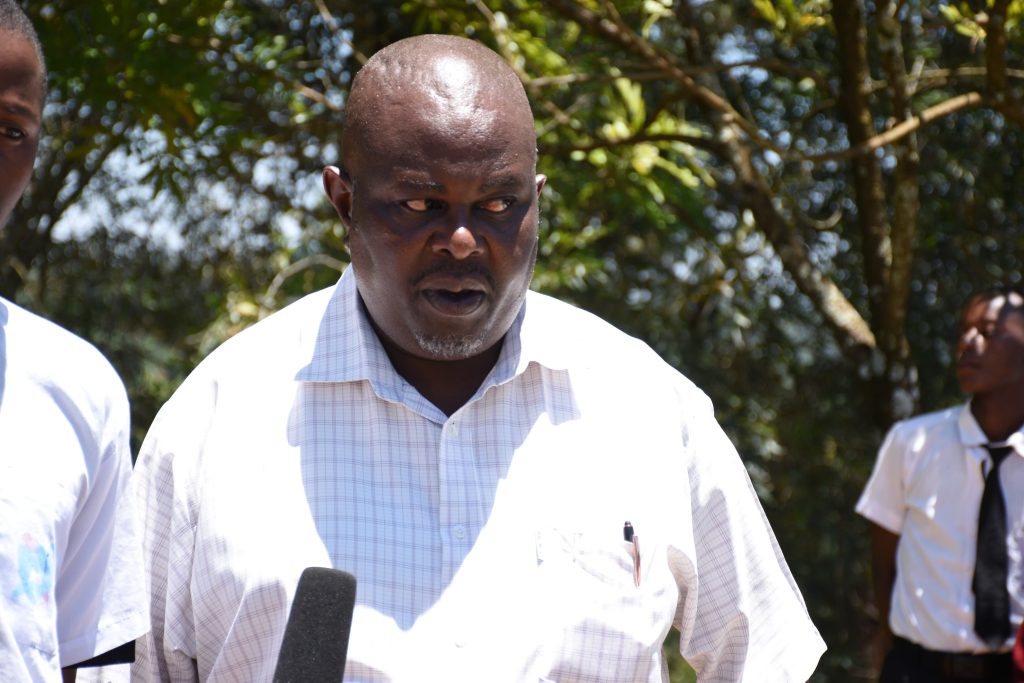
” The feeding program is a relief to struggling parents who will pay Ksh900 per term instead of Ksh4000 to only Ksh900. Such a programme would also give all children an equal opportunity to learn and focus on their examination” he said.
Headteachers in Kiharu have been leveraging the school feeding programmes to keep learners in schools since majority come from needy families.
“ The daily meals is a main solution to various challenges that previously disrupted learning in our day schools” St Paul Gikuu secondary school Principal Charles Gikungu.

More learners in the three counties of Baringo, Nyandarua and Elgeyo-Marakwet will also benefit from the support programme in the coming weeks.
“Through our emergency school support programme, this term we are providing assorted food items to 44,368 students in day secondary schools across 7 counties. With free lunches, we expect improvement in attendance and performance in public schools. Kipipiri, Mogotio and Elgeyo-Marakwet constituencies are in our plan” said CWSK CEO Irene Mureithi.
For the learners, the meal plan is a lifeline. “It’s difficult to keep going throughout the day without food. With a full stomach and a daily balanced meal guaranteed, I find learning easier” says Teresa Wangui, a student at Ngoru Orthodox Secondary School.
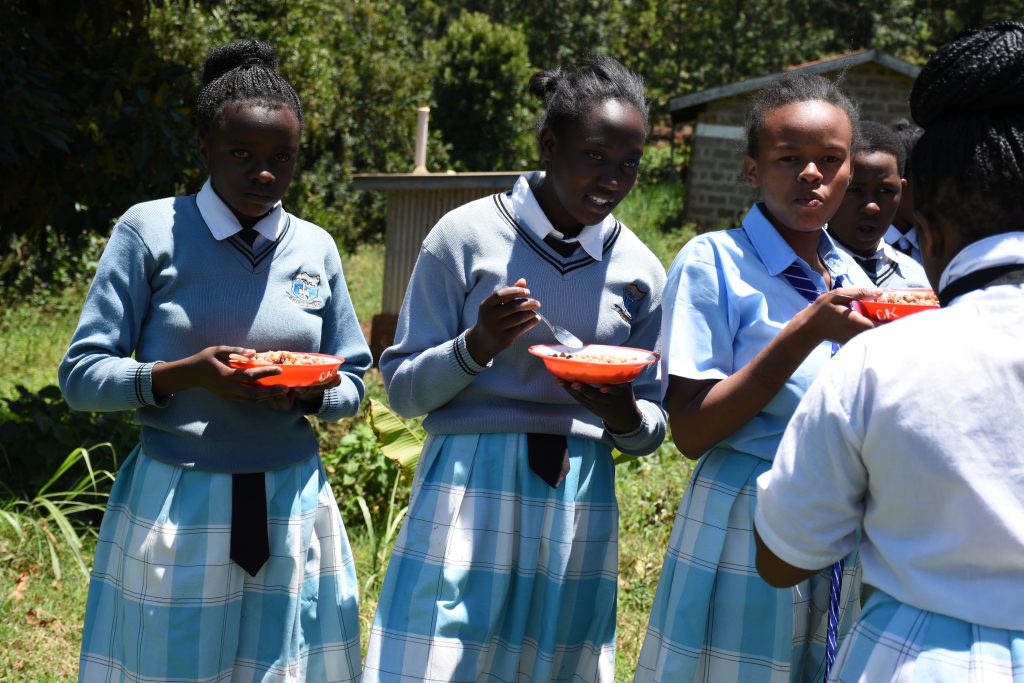
” We thank Child Welfare for the timely deliveries and we can confidently promise good KCSE results. There’s a high level of attentiveness and participation among us in class when we receive lunch at school” states a form four candidate at Mirira secondary school with a population of 359 students.

Photos by Jackson Mnyamwezi



